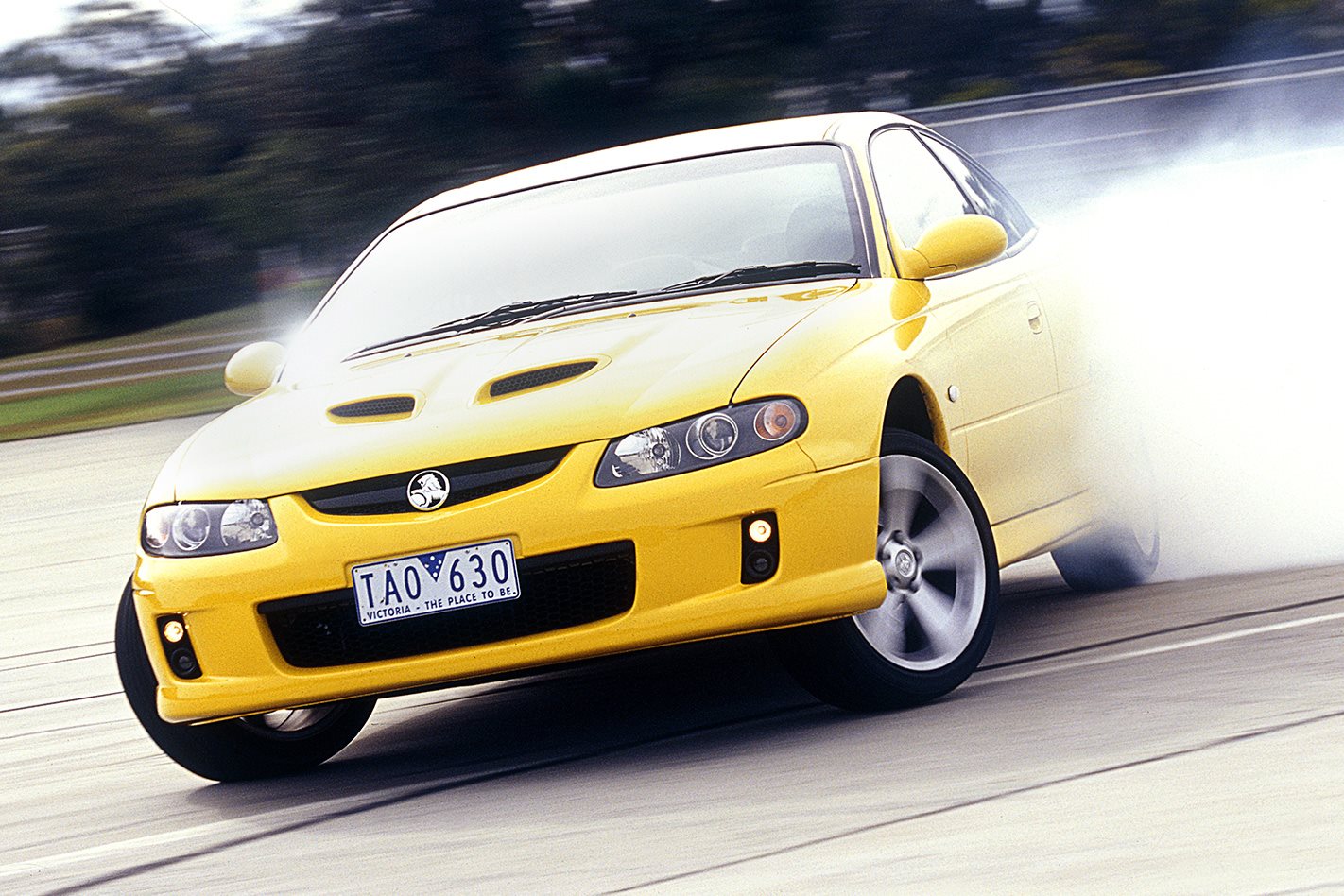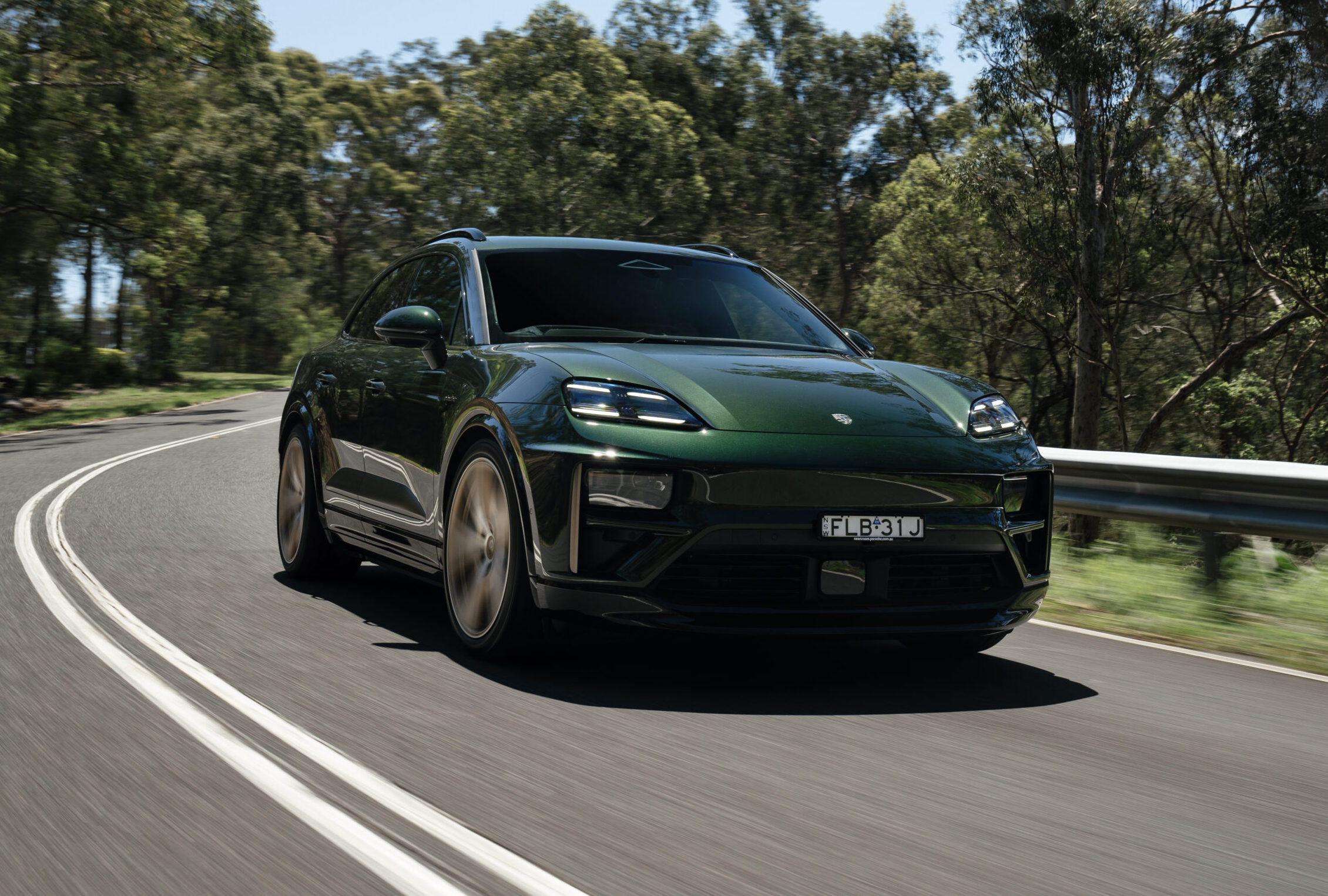It’s the burble that gets you in.
This article was first published in MOTOR Magazine November 2004.
That, and the way, when it’s cold, it soft-pops teasingly on overrun whenever you give the throttle a suggestive tickle.
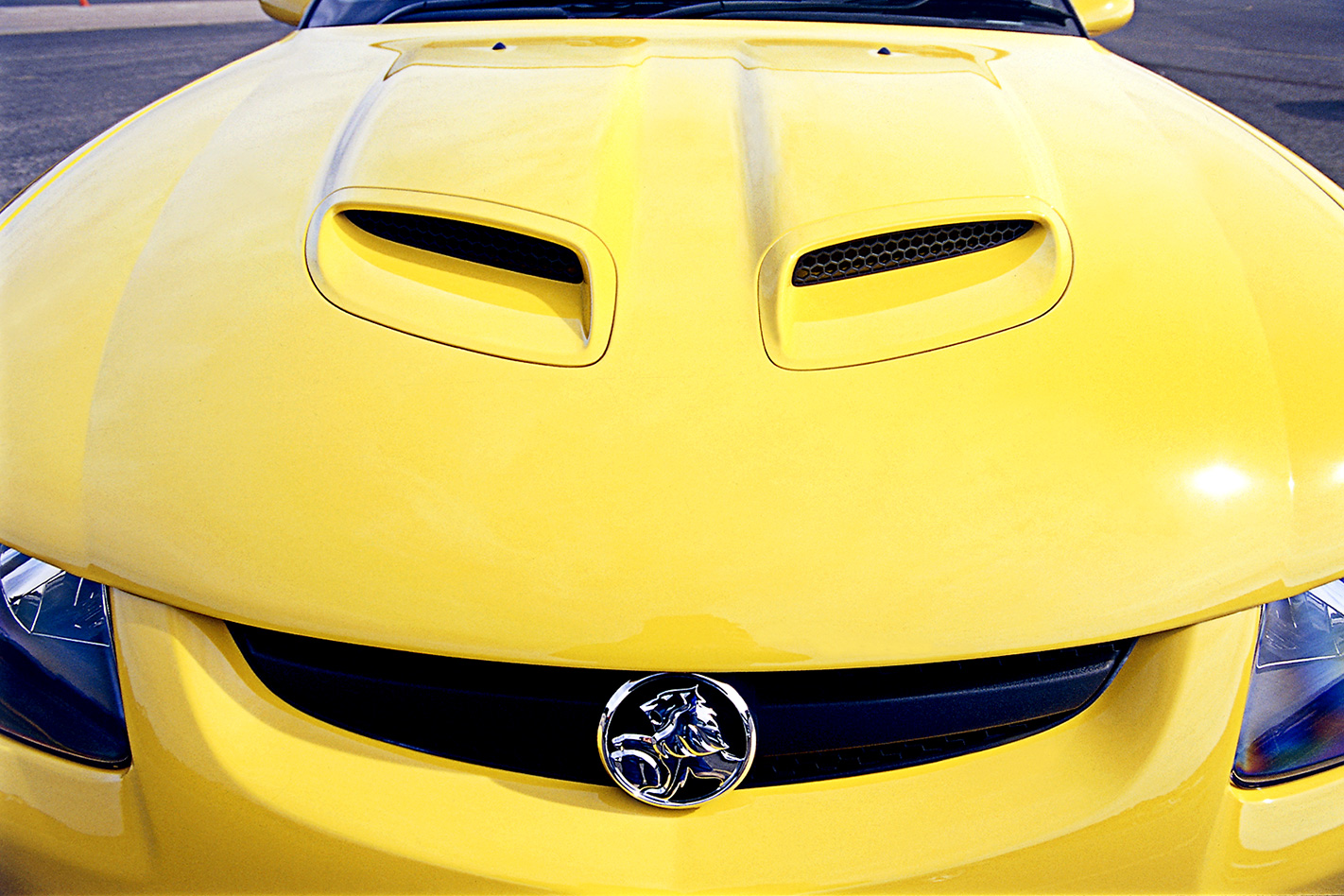
There’s been a major shift in the Monaro. If the changes might physically seem minor, the philosophical transition has been enormous.
Where Mike Simcoe’s original was about neatness, balance and detailed cleverness, that’s not the VZ’s way. It’s now punching out, from the first glance and bow wave of sound, the vibes of an unashamed, old-school muscle car.
It’s the attitude realignment that’s done most of the work. Twin-flared bonnet nostrils initially seem out of place on that clean bodyshell, but they are Holden’s way of stamping the Monaro as a car which has been taken to the next level. (Oh, and the Americans wanted them, and Holden could have done its own, but who’d press three bonnets when two would do?).
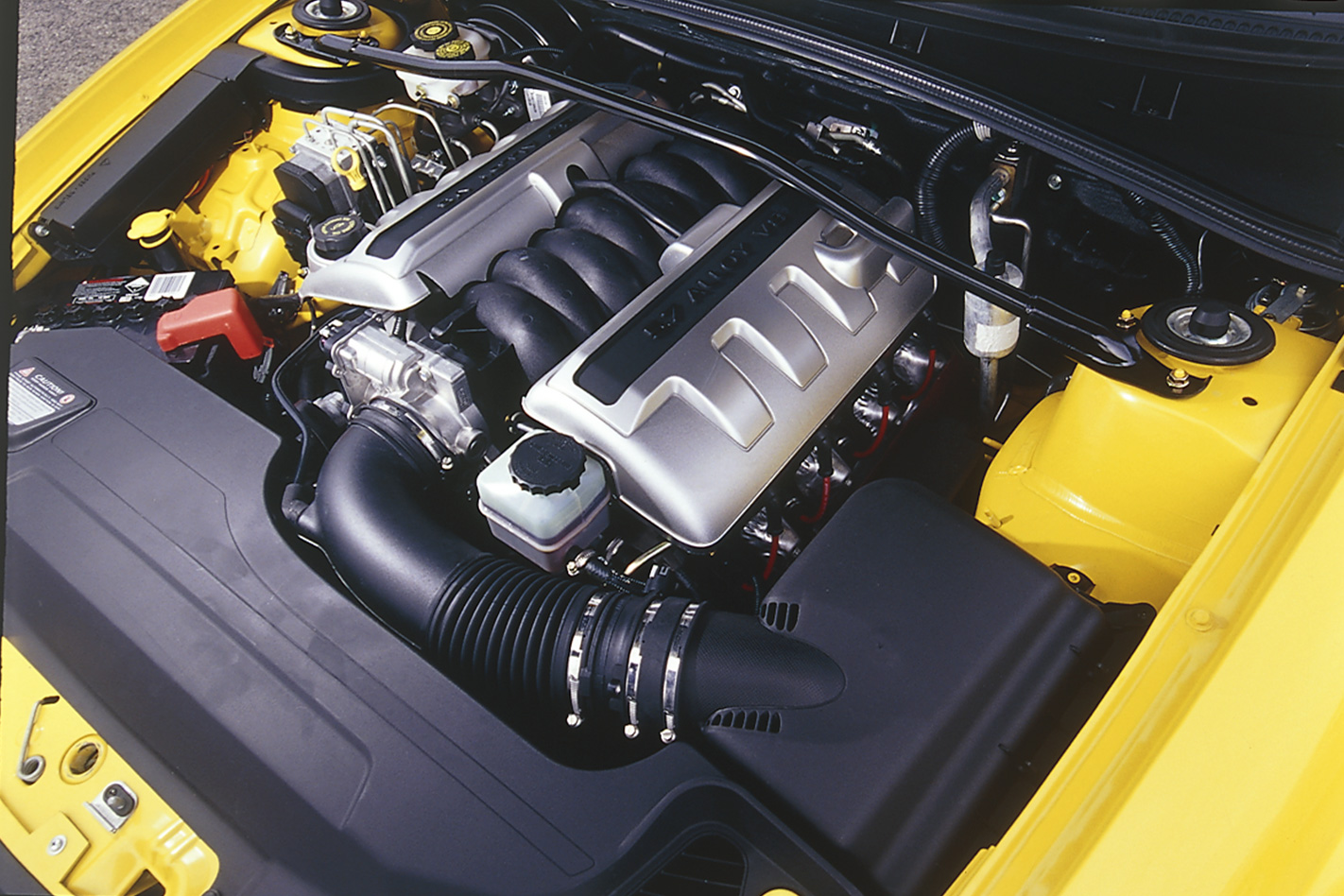
Underneath sits 260kW of 5.7-litre, bent-eight muscle, and it never feels shy about demanding you use it – all of it. Not so long ago, 260 was a ClubSport number. It’s five shy of BMW’s awesome M3 CSL. It’s 54 clear of the WRX STi and the EVO VIII – and 10 ahead of the SS four-door.
And it’s not only more powerful (up by 15kW on the old Monaro), but it’s stronger everywhere else, too. Think 500 Isaacs and you’ll be on the money. While it doesn’t hit those heady heights until 4000rpm (a whopping 800 beneath the SS’s peak), it feels significantly stronger all the way from idle, and it’s already snarly at 2000.
Keep the wellie buried and that snarl gets deeper, angrier and more pervading. And you’re already hammering hard – a lot harder, once it’s hooked up, than the old car. Snatch second in the upgraded ‘box, and the timbre changes with the extra load from the taller gear. Richer, more menacing than angry.
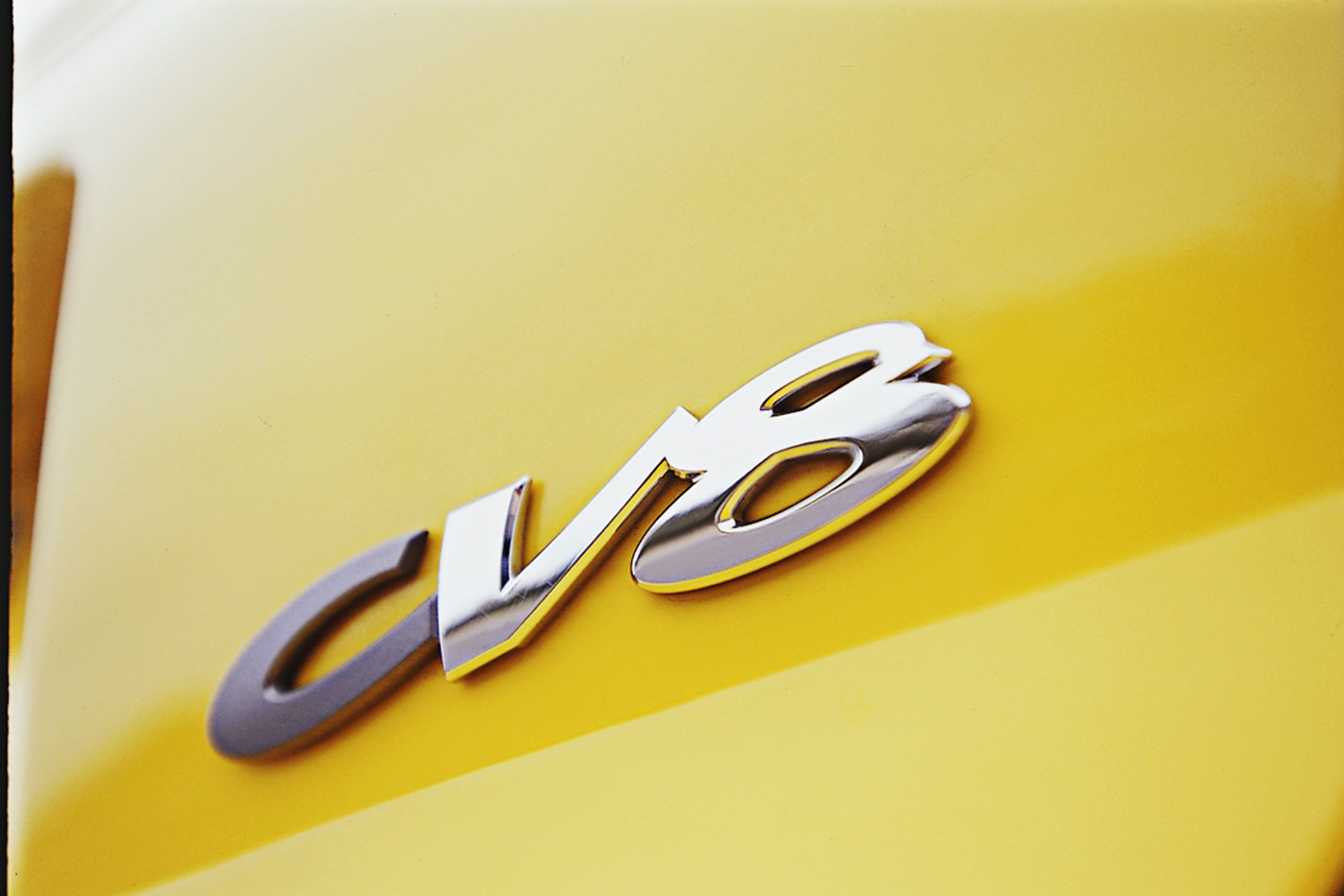
It’s official. The Monaro is now a car to make you sit up and take notice. It’s not just a pretty face. It’s a pretty face that’s gone a few rounds and it’s a tougher, harder-hitting machine for it, with shoulders-back pride in its battle-scarred nose.
A lot of it has happened because, technically, the Monaro team could (and did) pilfer the best VZ Commodore tweaks and then cherry-pick anything Pontiac’s GTO engineering money had already paid for. And, at $15 million, it cost (in car-development terms) Holden bugger-all.
It gets the more important VZ gear, like the fly-by-wire throttle that allows it to not only pass tougher emissions tests, but also to provide more instant response and deliver cruise control, traction control and skid control for, in hardware terms, free. Other important additions are the aluminium power steering pump, which runs lower fluid temperatures, and the larger air induction system for an engine that also gets its first limp-home mode.

Feels different, sounds different, looks different. It’s an ever-growing pattern…
While there were fears of too much American influence (to make up for what the US punters thought were GTO deficiencies) it ain’t too bad.
The new side-splitting exhaust system, for example, is US fare, plus a rear undertray that cuts lift by 16 percent (though high-speed stability has never been a Monaro problem: MOTOR ran a CV8 at 270km/h at Performance Car of the Year a couple of years ago).
The pipes take away about 25 percent of the old system’s back-pressure – and at least that much out of its luggage capacity. To meet US regulations, though, the fuel tank had to move in front of the rear axle and, as a stop-gap measure, there’s now a big cylinder, covered in carpet, tucked into the deep end of the boot.

And where the old Monaro felt like a Commodore – except stiffer in the shell and more accurate in its power-down on medium-to-fast corners – this one feels a very, very different drive to the just-launched VZ Commodore range. Yes, even the SS.
So different are the structural characteristics of the Monaro shell that, when they tried the VZ Commodore’s new suspension set-up (with front ball joint, stabiliser bar geometry and bar-crank length changes), it just didn’t work on the two-door, so they binned it and kept what they already had.
Given America’s obsession with traffic light grands prix, the Monaro now gets a different gearbox to any other Holden. Yet another version of the T56 six-speed manual, the M12 gets shorter ratios everywhere except fourth. It’s not just a bit here and there, either. First is 11.7 percent shorter, it’s 16.3 percent for second, and 10 percent for third, then the reductions are slighter in the top two cogs.
The shifts are smoother than before, and faster (marginally), but the real benefit is in rolling in-gear punch, increased throttle response – its forgiveness of those too lazy to shift down.
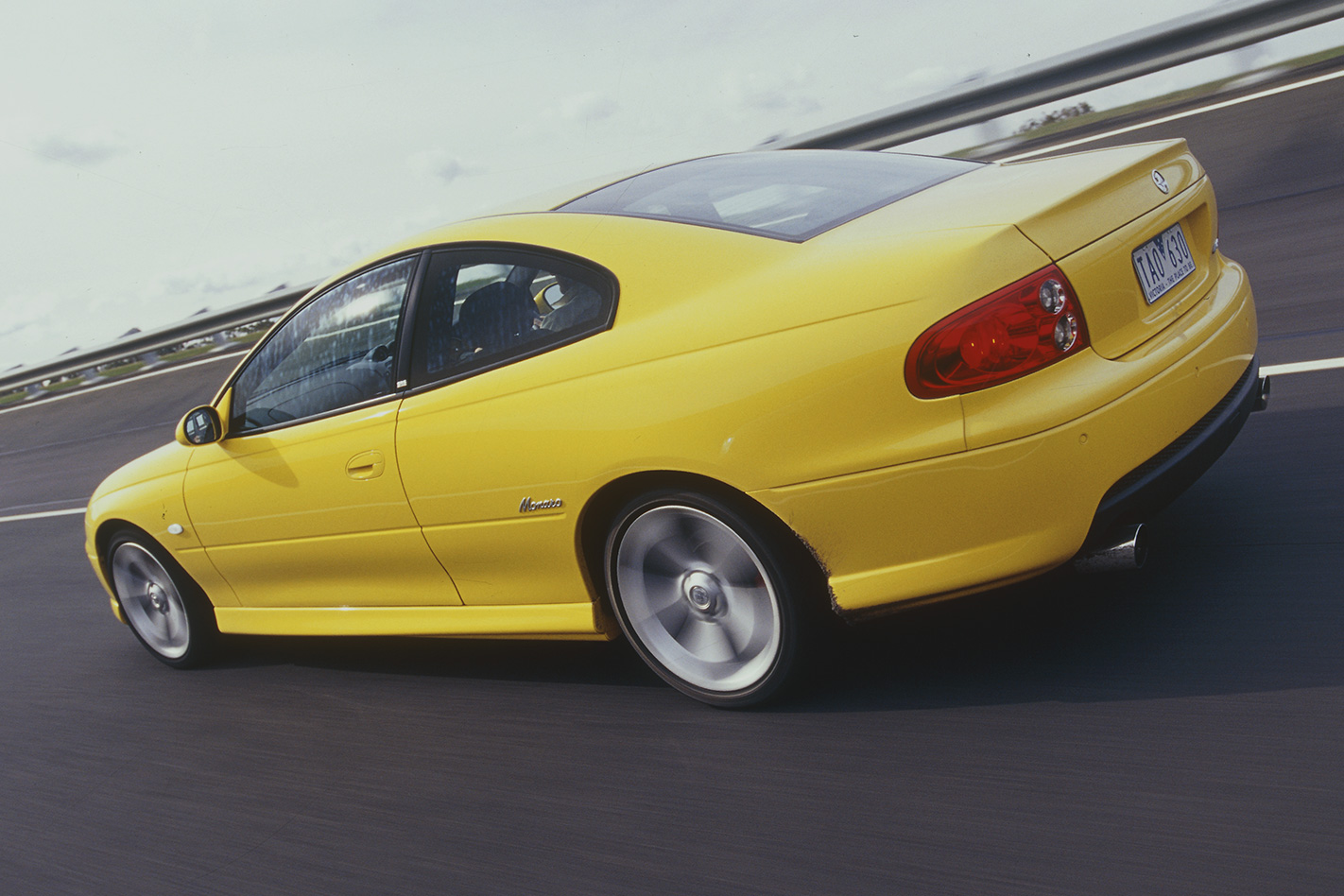
The auto’s much, much better than the last Monaro unit we tried, but it’s still not stunningly good, loses throttle response to the torque converter, and feels a lot less lively.
It’s also different to the SS in the way it stops. And doesn’t it stop! Once the Monaro’s Sally Robbins, the VZ gets its twin-piston front calipers straight off the Corvette C6, with the not-so-subtle modification of its own name writ, STi like, large. And its own pad compound.
The fronts are now 320mm x 32mm and ventilated (up from 286 x 18), while the rears are 10mm bigger in diameter (to 296mm) and ventilated instead of solid.
On top of that are the VZ-range improvements, like its new booster and master cylinder and the emergency Brake Assist (dual reaction booster ratio, which hurries the driver’s foot towards the ABS threshold whenever the deceleration is higher than 0.5g). There’s also the Commodore’s electronic brake force distribution to work the forces around the car as well.
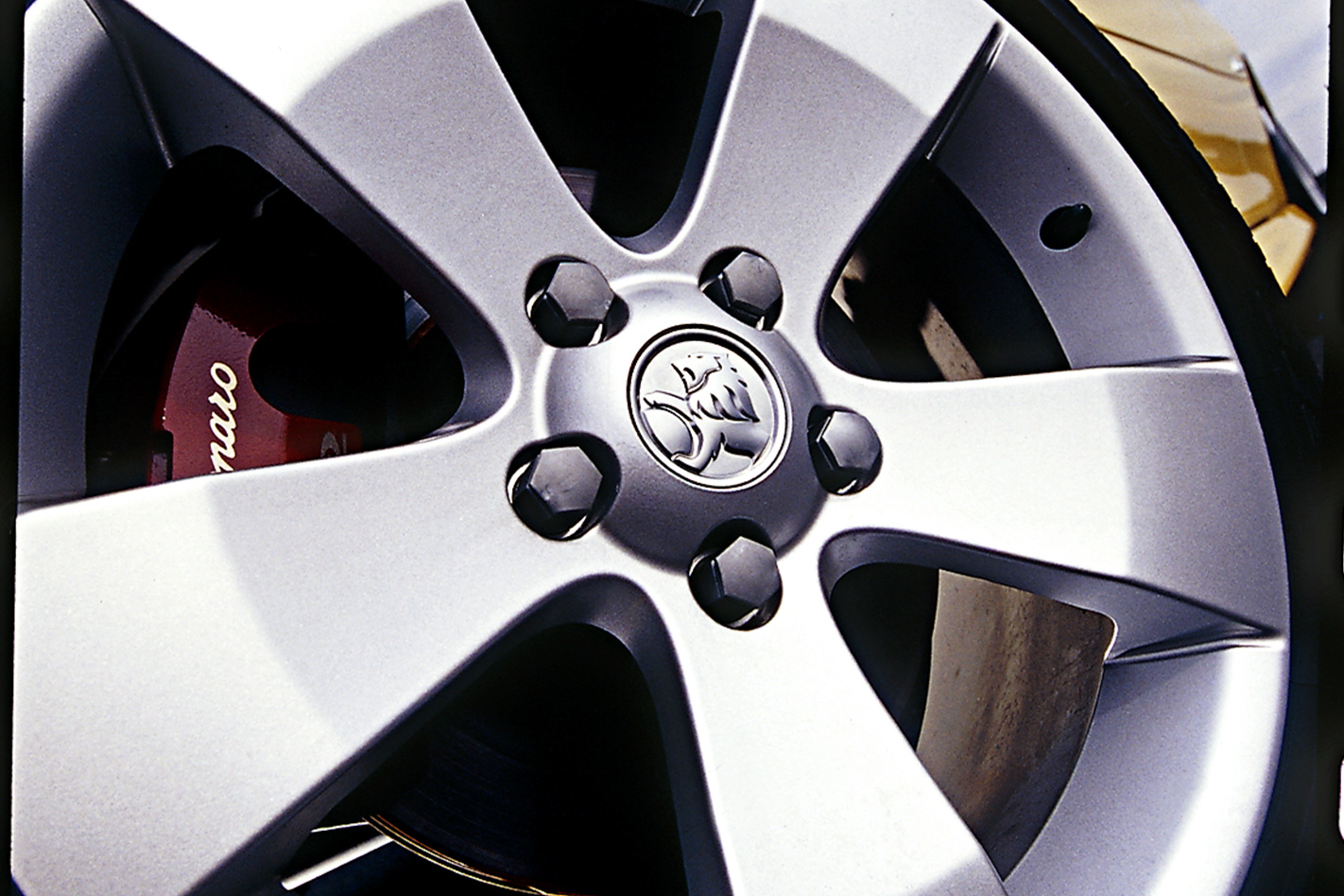
It’s still got that typical Monaro turn-in advantage over the stock Commies, and still leaves you the choice between driving classically through the corner, taking a slight understeer or oversteer stance, or, as befits the car’s new character, lairy-arsed full-lock powerslides.
Its only slight flaw seems to be that it feels a bit light at the front – and a bit lacking in steering sensitivity – on high-speed corners (that is, the top end of third gear and upwards).
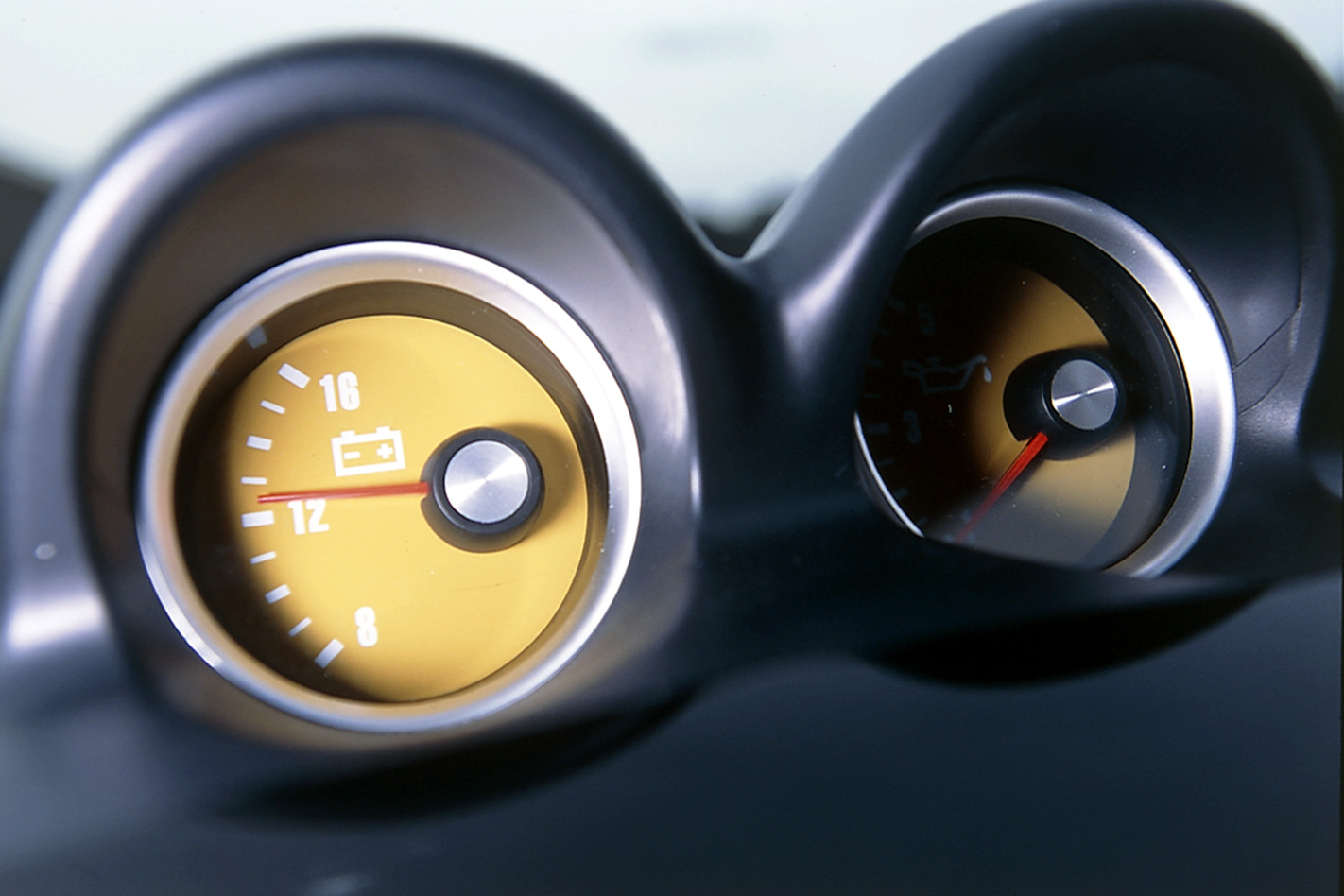
There’s no doubt that the looks of this version will polarise Monaro fans, but, deep beneath that lie qualities that are far more likely to generate deep passions from those who love it. It gives more reasons not to buy a Commodore, has more individual character, more speed, more chassis poise, more braking power and it’s even become one of the world’s great drift cars.
And all that will make Holden very, very happy.
Monaro buyers by numbers:
– Eight percent also considered buying BMW – 12 percent are divorced or separated – 27 percent considered another Holden – 30 percent are aged 45 to 54 – 37 percent earn more than $120,000 a year – 43 percent are between 25 and 44 – 48 percent didn’t consider anything else – 66 percent don’t have kids
Holden’s Limp Home System
Ford’s had a world-class limp-home system in its Falcon since BA. But Holden hasn’t. Until now.
The new system for the Gen III V8 is all about clever electrical work. It will give the driver an audible warning chime when the temperature reaches 125 degrees, but then, if the driver doesn’t do anything to intervene, it won’t do anything else until it reaches 132.
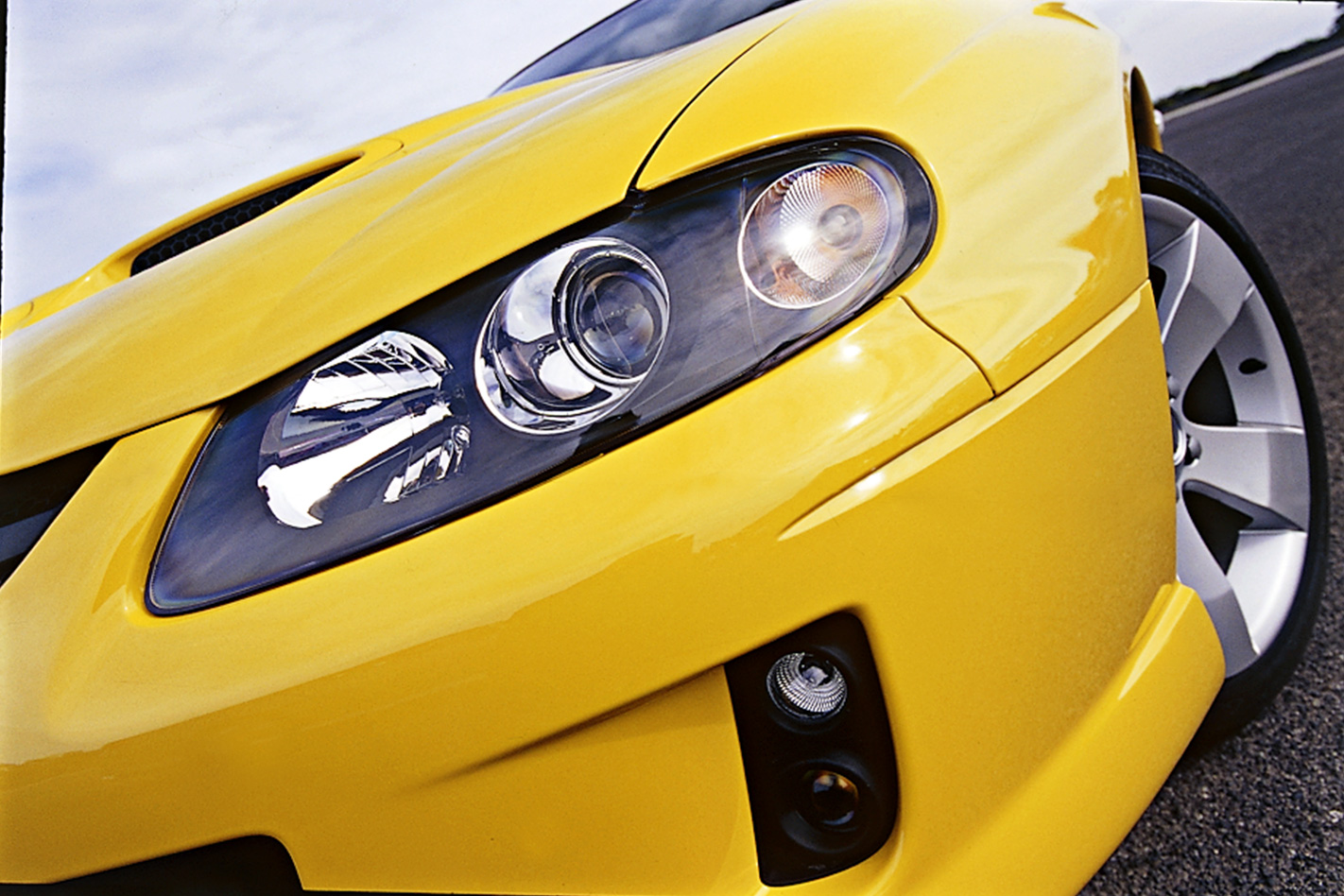
If that doesn’t bring it back under the critical 126-degree threshold, it shuts down a second cylinder, again, randomly. It keeps doing this until it’s down to four operational cylinders and, if it’s still not down to 126, it rotates through the four in an activation/shutdown cycle in yet another step to bring the temp back beneath the threshold.
Testing it without water while towing a caravan at the Proving Ground, the Holden testers got bored after 1000km when nothing was going wrong.
Hard yards
While it’s cost Holden very little to engineer the Monaro, it cost Pontiac plenty. It’s done more than 400,000km of validation work, including being belted in places ranging from Sweden (cold weather and traction-control tests), Great Britain (brake testing), the Arizona and central Australian deserts, and the Milford and Lang Lang proving grounds, the last two for chassis and powertrain development work.
Another headache has been the need to pass US crash laws, which meant moving the fuel tank. In addition to computer-simulated crashes, Holden also threw 30 Monaro/GTOs up against the concrete block at Lang Lang, covering full frontal, offset and side impact crashes.
SPECS: BODY: Two-door coupe DRIVE: Rear-wheel ENGINE: Front-mounted 5.7-litre, 16-valve pushrod V8 POWER: 260kw @ 5600rpm TORQUE: 500Nm @ 4000rpm COMPRESSION RATIO: 10.1:1 BORE X STROKE: 99.0mm x 92.0mm WEIGHT: 1692kg WEIGHT/POWER: 6.51kg/kW SPECIFIC POWER: 45.9kW/litre TRANSMISSION: T56 M12 six-speed manual or 4L65 four-speed auto SUSPENSION: MacPherson strut, anti-roll bar, progressive rate coil springs (f); control link, semi trailing arm, anti-roll bar, progressive rate coil springs (r) LENGTH/WIDTH/HEIGHT: 4798/1841/1397mm WHEELBASE: 2788mm TRACK: 1559mm (f); 1577mm (r) BRAKES: 320mm x 32mm ventilated discs, two-piston calipers (f); 286mm x 18mm ventilated discs, single-piston calipers (r), ABS, EBD, emergency brake assist WHEELS: 18 x 8 inch alloy (f & r) TYRES: Bridgestone Potenza RE040 235/40 ZR18 (f & r) FUELTANK: 70 litres PRICE NEW: $60,490

